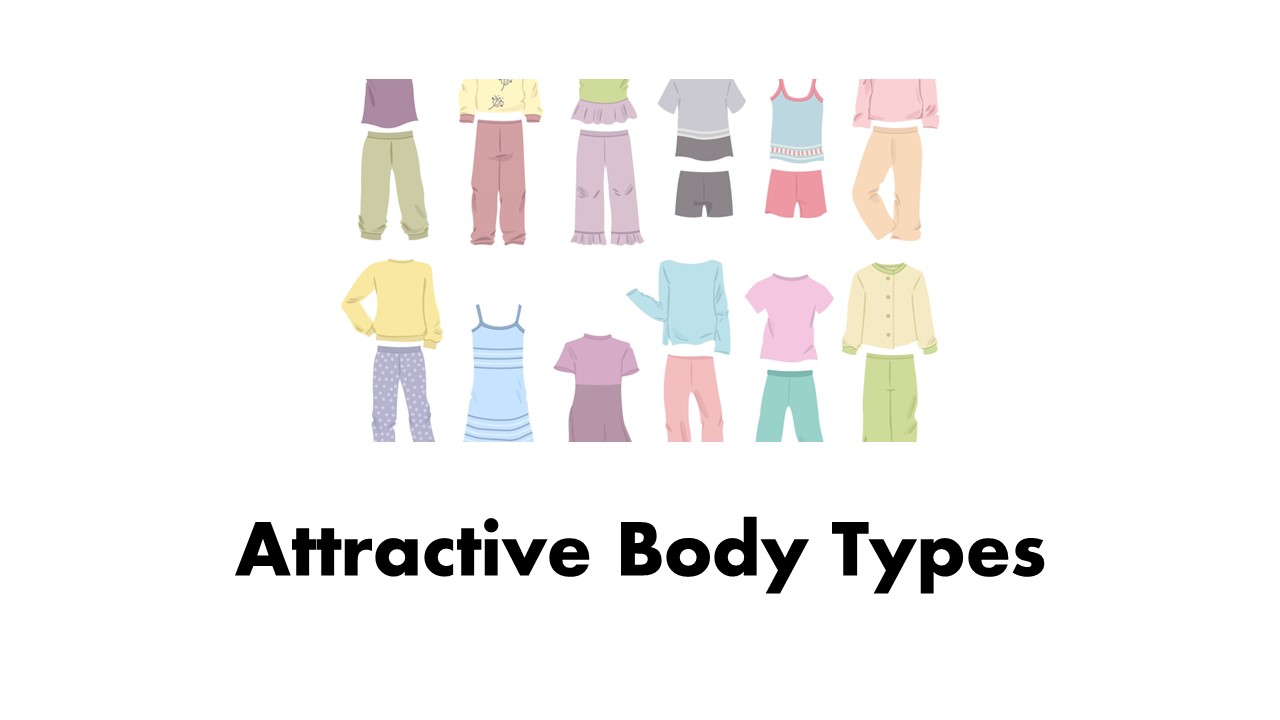Face and body qualities are the most important physical features that people look for in a potential partner. In a previous article, I talked about the facial characteristics that men and women in different cultures find attractive in other people. In this post, I’ll talk about the body types of others that people perceive as attractive. Are attractive body types similar or different across cultures?
Men and women often have different expectations of their potential partners in this regard. The standards of body beauty have varied across times and societies—in history as well as between today’s cultures. The main differences in preferences for body type, body fat, and body waist-hip ratio are probably between cultural norms in subsistence-based, traditional, and modern societies (Karandashev et al., 2020; 2022b).
I propose that modernization theory (Inglehart, 1997; Inglehart & Baker, 2000; Inglehart & Welzel, 2005) can explain the cultural evolution of how attractive body types change across societies.
Attractive Body Types in Subsistence-based Societies
Different cultures have different ideas about how body weight and waist-to-hip ratio affect the attractiveness of various body types.
For instance, the standards of beauty in simple subsistence societies, in which gatherers and hunters could produce only for their survival, were in favor of a heavier body. In such societies with a high risk of food shortages, men often prefer women with more fat (e.g., Anderson et al., 1992; Brown and & Konnor, 1987; Sugiyama, 2004).
In particular, a cross-cultural study supported the hypothesis that the preferences for slightly heavier female bodies and larger buttocks might have come from subsistence-based societies, such as some African ones. South African Zulus differ from the United Kingdom’s Caucasians in what female body types they consider attractive. In the context of Zulu culture, the optimal conditions for survival and reproduction and the corresponding social values are different. In the UK, a high body mass is perceived as a sign of low health and low fertility, while in rural South Africa it is a sign of high health and high fertility (Tovée, Swami, Furnham, & Mangalparsad, 2006).
Endomorph Attractive Body Types
The studies in isolated populations of societies with subsistence-based economies showed that the men’s preferences for women with a low waist-to-hip ratio, which were identified in the studies of modern societies, could be culturally specific to so-called Western cultures.
Researchers found that men in those local cultures take both waist-to-hip ratio and body weight into account when judging the attractive body types of women. Considering the waist-to-hip ratio, they still prefer women with higher body fat. They rate female attractiveness by weight, preferring heavier figures (e.g., Sorokowski & Sorokowska, 2012; Sugiyama, 2004; Wetsman & Marlowe, 1999; Yu & Shepard, 1998).
Three other examples of subsistence-based societies came from the studies of
- an indigenous tribe of Ecuadorian Amazonia in America – Shiwiar (Achuar) (Sugiyama, 2004),
- an indigenous group of the Hadza people in north-central Tanzania in East Africa (Wetsman & Marlowe, 1999), and
- a tribal group of Yali people in the mountainous terrain in Papua, Indonesia, (Sorokowski & Sorokowska, 2012).
All these tribes belong to hunter-gatherer, forager, or horticultural cultures. In these cultural groups, men take into account both WHR and body weight in their appraisals of female sexual attractiveness. For example, men in the Shiwiar tribe prefer high-WHR figures of women since they appear to weigh more among the high-weight figures. When differences in body weight are minimal, they prefer female WHR that is lower-than-locally-average. Among the Yali people of Papua, there are preferences for low WHR in women (Sorokowski & Sorokowska, 2012).
Thus, the cultural norms adjust the evaluation of sexual attractiveness to the local conditions of living in those subsistence-based societies.
Variation of Attractive Body Types in Modern Societies
Cultural groups in modern multicultural societies may have different preferences for body types. For example, waist-hip ratio (WHR) and body fat are among the important qualities of a female figure’s attractiveness to men. Cultural researchers identified the preference for a low waist-hip ratio as a characteristic of female attractiveness in modern industrialized societies. Therefore, preferences for low WHR can be an artifact of Western media exposure (e.g., Singh, 1993, Swami & Furnham, 2007).
There are racial and ethnic differences in the preferences for these qualities of the body among people in the United States. Data indicated that Whites and Blacks have similar standards for facial attractiveness but different standards for body appearance (Cunningham et al., 1995).
Whites and Blacks evaluated attractiveness in relatively similar ways. Yet, the Black men rated the Black women as more attractive compared to the White men. A preference for the same race was evident, probably due to imprinting and the mere exposure effect on shaping their prototypical beauties.
African American men (compared to American Caucasian men) prefer a heavier female physique with larger buttocks but not a taller figure as their ideal female body. This preference of African American men for a slightly heavier female body could be a lingering effect of uncertainty among Africans about resource availability—the evolutionary legacy of subsistence-based cultures. In addition, it may reflect a psychological negation of the unhealthy tendency of White women toward anorexic-like thinness.
On the other hand, about 40% of American Caucasian men (compared to 7% Black men) do not like overweight women. One fifth of White men—much more likely than African American men—disliked large buttocks. Both American Caucasian and African American men frequently mentioned the buttocks of women as a source of attraction, but Blacks tended to use the adjectives “large” or “big,” while Whites used the adjectives “small” and “firm.” Many African American men perceive large buttocks as the most attractive feature in a woman’s body appearance, while many American Caucasian men perceive legs as the most attractive part of the body.
